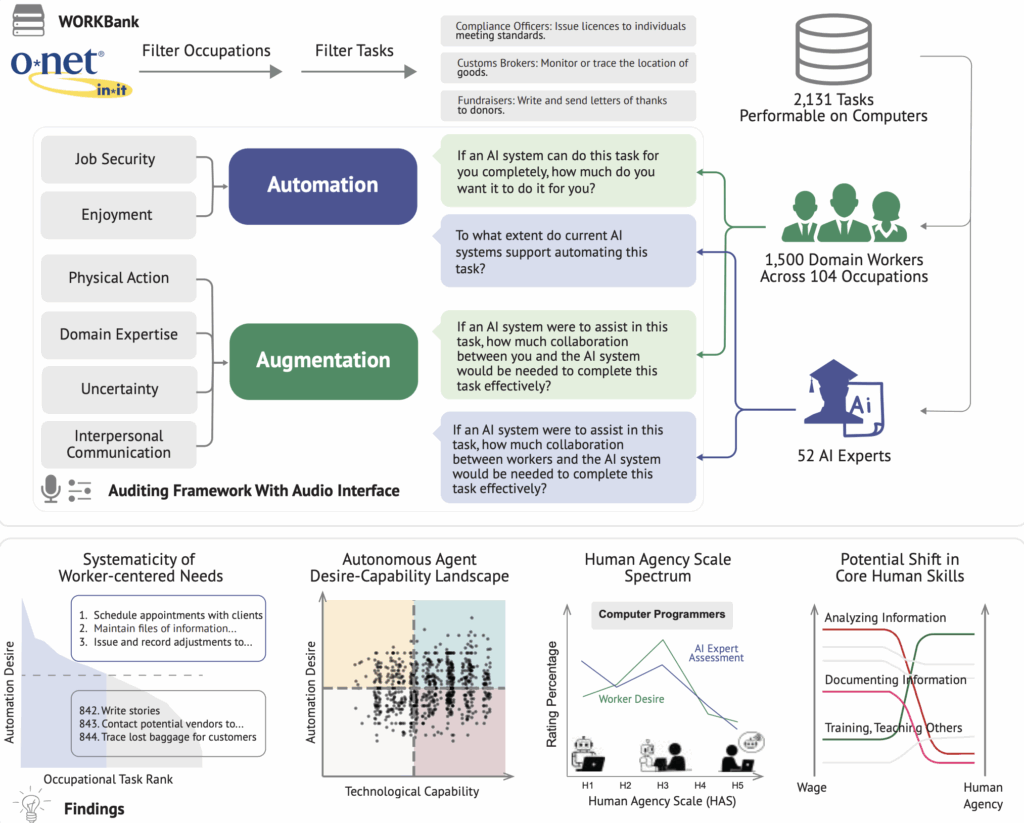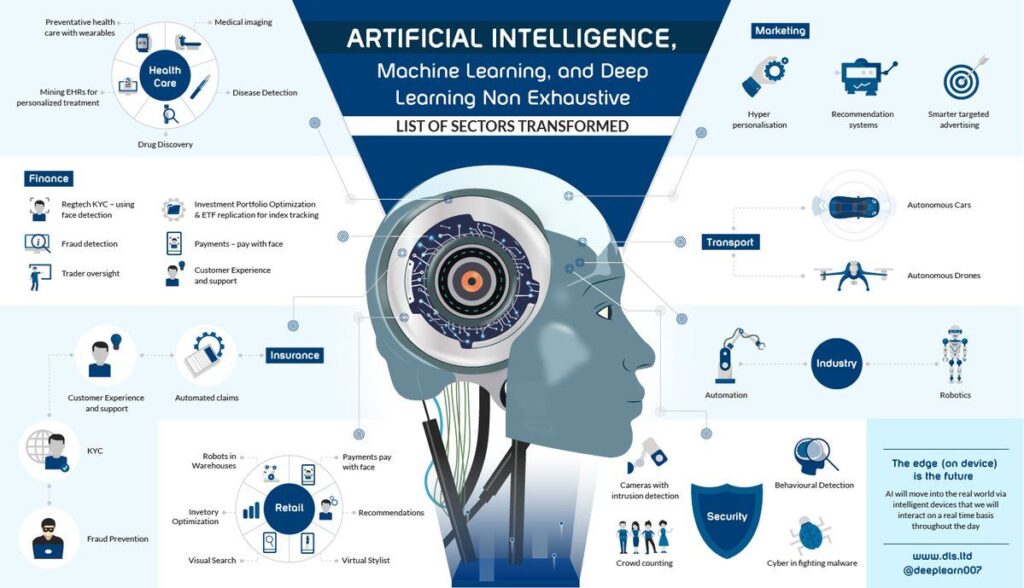
The rapid advancement of language models has been a defining feature of artificial intelligence research in recent years. The paper «Scaling Laws for Language Model Training: A Comprehensive Study» (arXiv:2506.06576) presents an in-depth analysis of how various factors—such as model size, dataset size, and compute resources—affect the performance of language models. This study provides valuable insights and practical guidelines for training efficient and powerful language models.
In this article, we summarize the key findings and methodologies from the paper, highlighting the core concepts, experimental design, and implications for AI research and development.
1. Introduction to Scaling Laws in Language Models
Scaling laws describe predictable relationships between the size of a model, the amount of training data, the compute budget, and the resulting model performance. Understanding these laws helps researchers and engineers optimize resource allocation and improve language model capabilities.
- Purpose of the study: To systematically investigate how language model performance scales with different training parameters.
- Motivation: Previous work showed that larger models trained on more data tend to perform better, but a comprehensive, unified framework was lacking.
- Goal: Provide a detailed empirical foundation for scaling laws that can guide future model development.
2. Key Concepts and Definitions
Before diving into the experiments, the paper defines several important concepts:
- Model size (N): The number of trainable parameters in the neural network.
- Dataset size (D): The number of tokens used for training.
- Compute budget (C): The total amount of computational resources, often measured in floating-point operations (FLOPs).
- Loss (L): The cross-entropy loss on a held-out validation set, which measures how well the model predicts unseen data.
The relationship between these variables forms the basis of the scaling laws.
3. Experimental Setup and Methodology
The authors conducted extensive experiments training transformer-based language models across a wide range of scales.
- Model architecture: Standard transformer models with varying depths and widths.
- Training data: Large-scale text corpora encompassing diverse sources.
- Compute range: From small-scale experiments to models requiring hundreds of petaflops.
- Evaluation: Performance measured by cross-entropy loss on a fixed validation set.
This broad experimental design allows for robust conclusions about how scaling impacts performance.
4. Main Findings: The Scaling Laws
The study identifies several key scaling relationships:
4.1 Power-law Relationship Between Loss and Model Size
- Loss decreases as a power-law function of model size when dataset size and compute are fixed.
- Larger models consistently achieve lower loss, but with diminishing returns as size increases.
4.2 Dataset Size and Optimal Training
- For a fixed model size, increasing dataset size reduces loss following a power-law.
- There is an optimal balance between model size and dataset size for a given compute budget.
4.3 Compute-Optimal Training
- The study derives formulas to allocate compute efficiently between increasing model size and training duration.
- Training a model too large on too little data or too small on too much data leads to suboptimal performance.
4.4 Joint Scaling Laws
- The authors propose a unified scaling law that relates loss to model size, dataset size, and compute budget simultaneously.
- This law accurately predicts performance across a wide range of training regimes.
5. Practical Implications for AI Development
The findings offer actionable guidance for researchers and practitioners:
- Resource allocation: Helps decide how to split compute resources between model size and training steps.
- Model design: Encourages designing models that fit the available data and compute to maximize efficiency.
- Training strategies: Suggests avoiding undertraining or overtraining by following the optimal scaling curves.
- Benchmarking: Provides a baseline to evaluate new architectures and training methods against expected performance.
6. Limitations and Future Directions
While the study is comprehensive, the authors acknowledge several limitations:
- Model architecture: Focused primarily on transformer models; results may differ for other architectures.
- Data quality: Assumes large, high-quality datasets; scaling laws might vary with noisier data.
- Task specificity: The study centers on language modeling loss; other tasks may exhibit different scaling behaviors.
Future research could explore:
- Extending scaling laws to multimodal models combining text, images, and other data.
- Investigating the impact of architectural innovations on scaling efficiency.
- Applying scaling principles to domain-specific or low-resource languages.
7. Summary: Key Takeaways
- Language model performance improves predictably with increased model size, dataset size, and compute, following power-law scaling.
- There is an optimal trade-off between model size and dataset size for a given compute budget.
- Unified scaling laws enable precise estimation of model performance and efficient resource use.
- These insights provide a roadmap for building more powerful and efficient language models.
Conclusion
The paper «Scaling Laws for Language Model Training: A Comprehensive Study» offers a foundational framework for understanding how language models grow in capability with scale. By quantifying the relationships between model size, data, and compute, it empowers researchers to make informed decisions in developing the next generation of AI systems. As language models continue to evolve, these scaling laws will remain a critical tool for navigating the complex landscape of AI research.
Stay tuned to this blog for more summaries and insights from cutting-edge AI research papers!
